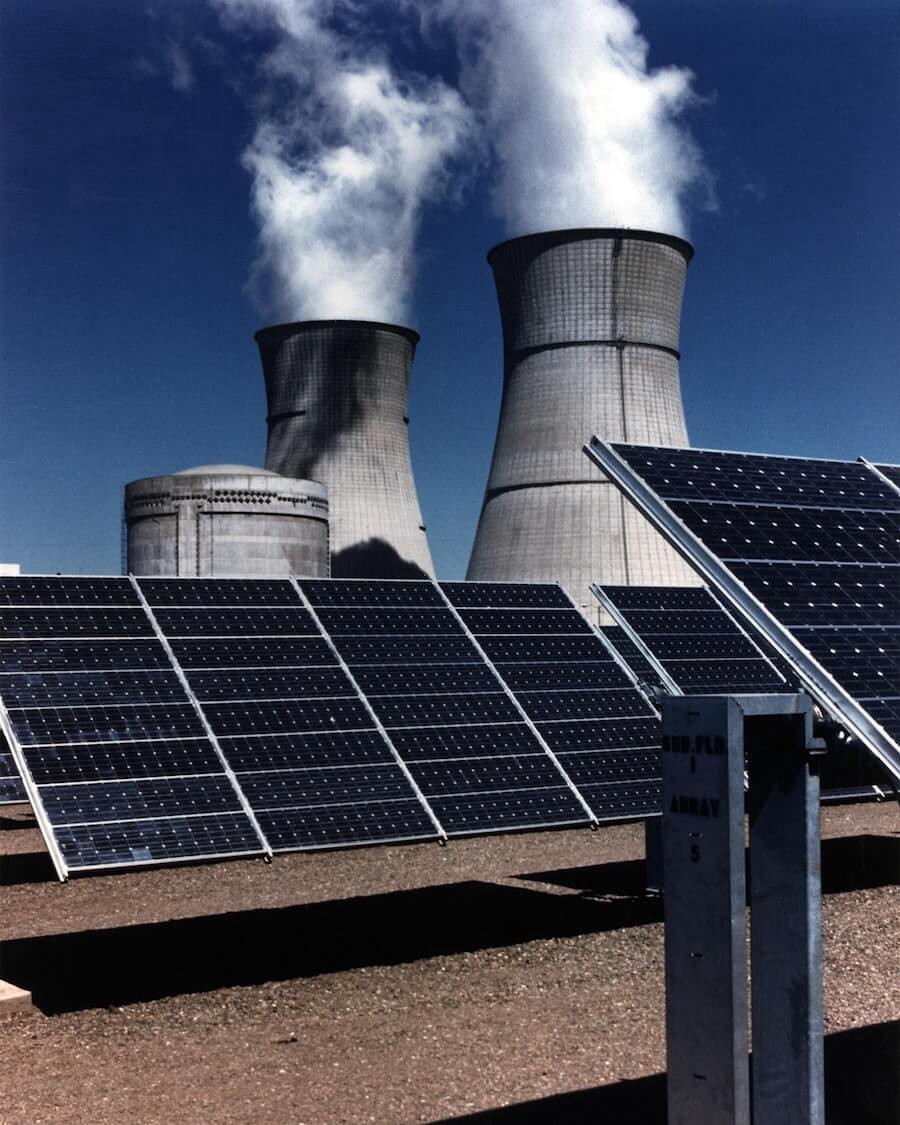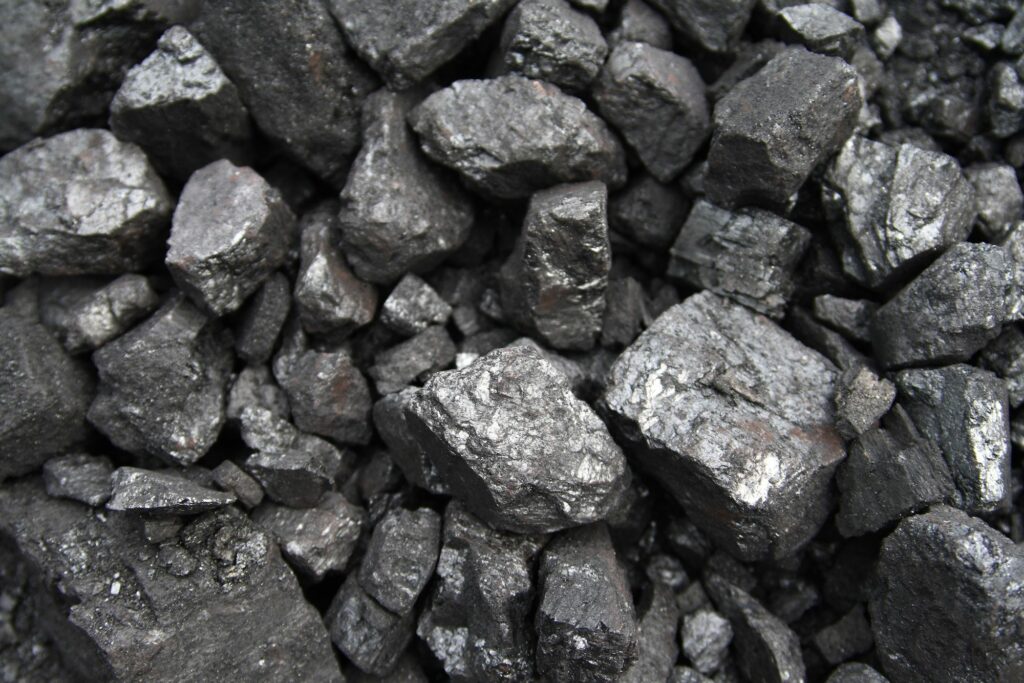Fossil fuels are made from decomposing animals and plants. Many types of fossil fuels are found in the earth’s shell and contain hydrogen and carbon. Examples of fossil fuels are coal, oil, and natural gas. We can find coal in sedimentary rock deposits where rock and dead plant and animal matter are piled up in layers. More than 50% weight of coal is from fossilized plants. Oil is found initially as a solid material among the sedimentary rock layers, same as shale. These substances are heated to produce thick oil for making gasoline. Natural gas is regularly found in the space above oil deposits. Also, we can find it in sedimentary rock layers that do not have oil. Natural gas is made of methane fundamentally.
The National Academies of Sciences reports that 81 % of the total power used in the United States has coal, oil, and natural gas basis. For example, the energy used to provide electricity to businesses and homes, fuel cars and factories and warm the facilities. Unfortunately, these fuels are not renewable resources and need millions of years to have new oil, coal, and natural gas deposits which is not a realistic answer. The responsibility of almost three-fourths of emissions of human activities in the last 20 years is fossil fuels. Now, engineers and scientists are looking for solutions to reduce the dependency on fossil fuels and also burn these fuels cleaner and healthier for the atmosphere.
Scientists all over the world are trying to find answers to fossil fuel difficulties to have enough fuel and a green environment to support human life and actions in the future. The United States Energy Department is working on modern technologies to make commercially natural-gas-powered vehicles. Also, they are trying to make coal and oil burning cleaner. Scientists and researchers at different Universities have been using cleaner technologies to solve how to consume fossil fuels by decreasing their impact on the environment and society.
Using more natural gas than coal is one solution, which emits 50% less carbon dioxide into the atmosphere. Stanford’s team is trying to eliminate carbon dioxide from the atmosphere —a process known as carbon capture and sequestration. Experts in both the University of Bath in the United Kingdom and Stanford try something entirely new by employing sugar and carbon dioxide to produce renewable plastic.
A final critical development in the world’s energy systems was the emergence of electric power consumption in the 20th century. Electricity is not a source of energy like oil and coal, but it is a process for using energy and delivering it to distant places efficiently. Electricity is very flexible, efficient, quiet and clean at the point of application and usage. Electricity’s first use was for lighting, same as oil; however, the induction motor development made electricity capable of converting to mechanical energy efficiently and powering devices in industrial processes to vehicles and household appliances.
Across the 20th century, the energy systems converted from the one using fossil energy directly into an essential portion of fossil fuels managed to generate electricity. The amount of electricity generation varies with the fuel we use. Oil is an energy-dense liquid, so it is fit for transport purposes and better not to use for generating electricity; in opposition, approximately 63% of mined coal worldwide is utilized to generate electricity. Techniques for generating electricity are different and some of them, same as the hydroelectric generation and nuclear power plants that are not based on fossil fuels, are essential parts of the system in many countries. Nevertheless, fossil fuels are the electricity system’s foundation, producing 64% of today’s global electricity.
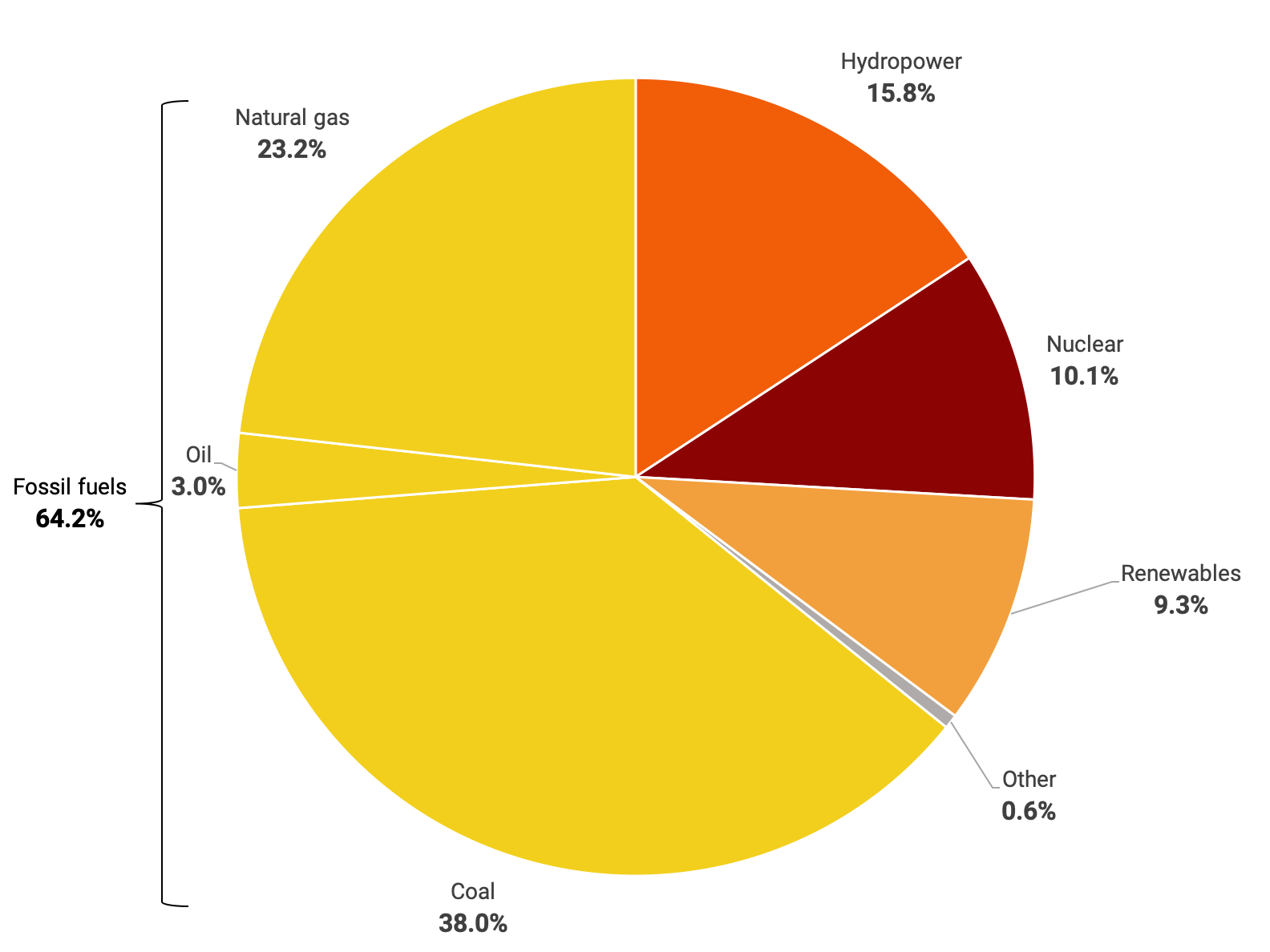
How Energy Density and Convenience Drove Fossil Fuel Growth?
The first notable energy transition was from charcoal and wood to coal, in the early 1700s and at the beginning of the iron industry. By 1900, coal was the leading industrial fuel, taking over biomass to make half the world’s fuel usage. Coal has three times more energy density by weight than a block of dry wood and is widely spread across the globe. Coal became the favorite fuel for locomotives and ships, allowing them to devote less fuel storage space.
Oil was the second primary energy source to appear. Americans date the start of the oil era to the first business U.S. oil well in Pennsylvania in 1859, but oil was traded and used in other areas centuries earlier. Oil joined the market as a replacement for whale oil used for lighting, with gasoline provided as a by-product of kerosene product. But, the oil found its actual occupation in the transportation division. The oil era took off with the Ford Model-T introduction in 1908 and personal transportation growth after World War II. Oil passed coal to become the world’s popular energy source in 1964.
Oil resources are not as widely distributed as coal, but oil has significant advantages. Fuels made from oil are almost ideal for transportation. They are averaging twice the energy as coal by weight and are energy-dense. The main benefits are their liquid nature rather than solid, which allowed us to develop the internal combustion engine for driving new transportation systems today.
Oil changed the path of history. To be clear, the American and British navies shifted from coal to oil before World War I, enabling their ships to travel further than coal-fired German ships. Oil also provided more speed at sea and could be transferred to boilers by pumps and pipe instead of human resources, both apparent advantages. During World War II, the United States provided nearly two-thirds of the whole world’s oil, and its steady supply was essential to the Allied victory. The German army’s attack strategy became difficult when fuel supplies could not continue, and a lack of fuel took a price on the Japanese navy.
Natural gas is a gaseous form of fossil fuel found in underground reservoirs on its own but is often available with oil. The gas extracted with oil was usually wasted in the early stages of the oil industry. In more recent days, natural gas has grown to be more valuable for its clean combustion and suitability as a feedstock for many industrial processes. But, as it is in a gaseous form, it needs a specific foundation to reach customers, and it was still wasted in regions where those infrastructures did not exist.
The last critical world energy development was the existence of electricity in the 20th century. It is not an energy source like coal or oil but a method for transferring and using energy. Electricity is very flexible, clean, efficient, and quiet at the point of use. Similar to oil, electricity’s application was in lighting at first, but the induction motor’s development allowed electricity to be efficiently transformed to mechanical energy, powering devices from industrial processes to vehicles and household applications.
In the 20th century, the energy system transformed from using fossil energy directly into another, which an important share of fossil fuels are employed to generate electricity. The proportion of the usage for electricity generation varies with fuel type. For example, oil is an energy-dense liquid and is fit for purposes same as transportation, so a small part of it belongs to electricity; in opposition, as mentioned before, approximately 64% of produced coal in the globe is employed to generate electricity.
Types of Fossil Fuels
Diesel fuel is a sort of petroleum, which is used mutually in everyday conversation as “oil.” The fundamental aspects of the three primary fossil fuels are as below:
Petroleum
Petroleum consists of hydrogen and carbon elements, which is not unexpected given the plenty of these elements on the earth worldwide and their abundance in existing things. It is believed that most of the available oil has been formed between about 66 million and 252 million years ago, back to an extended plant life that was buried underground an unimaginably long time ago.
Oil, or more precisely, many different “oily” hydrocarbons known as petroleum, is employed to make several everyday life products, including heating oil, gasoline, and diesel fuel.
Today, the combustion of these fuels is responsible for more than half of greenhouse gas emissions in the atmosphere. Green gases are believed to be a significant reason for the continued warming of the earth’s climates and habitats, which has been happening for decades. Oil is estimated to be about 35% of U.S energy produced in 2016, and statistics expected to continue stable within at least 2040.
Natural Gas
Natural Gas is distinguished for being colorless, the feature that stands in contrast to petroleum. Similar to petroleum, it made from the trapped animal matter and plants underground millions of years ago. During the mechanical and chemical (for example, reaction in high pressure) conditions, oil and gas are formed. Natural-gas production has increased dramatically in the U.S. in the last decade of the 21st and influenced the fast spread of the procedures of “fracking“, known as hydraulic fracturing.
Since 2018, the U.S. was the world’s driving producer of natural gas, and much of that was because of the natural gas obtained from a type of sedimentary rock, “shale”. This type of natural gas, known as shale gas and consisting mainly of CH4, has grown vastly into a serious interest thanks to lately improved extraction ways from the ground. This controversial drilling method needs a lot of water and can cause earth activities similar to earthquakes in concerned regions when wastewater from fracturing is re-injected into the soil. In the U.S., natural gas provided about a fourth of the energy supply in 2016 but is anticipated to increase fast.
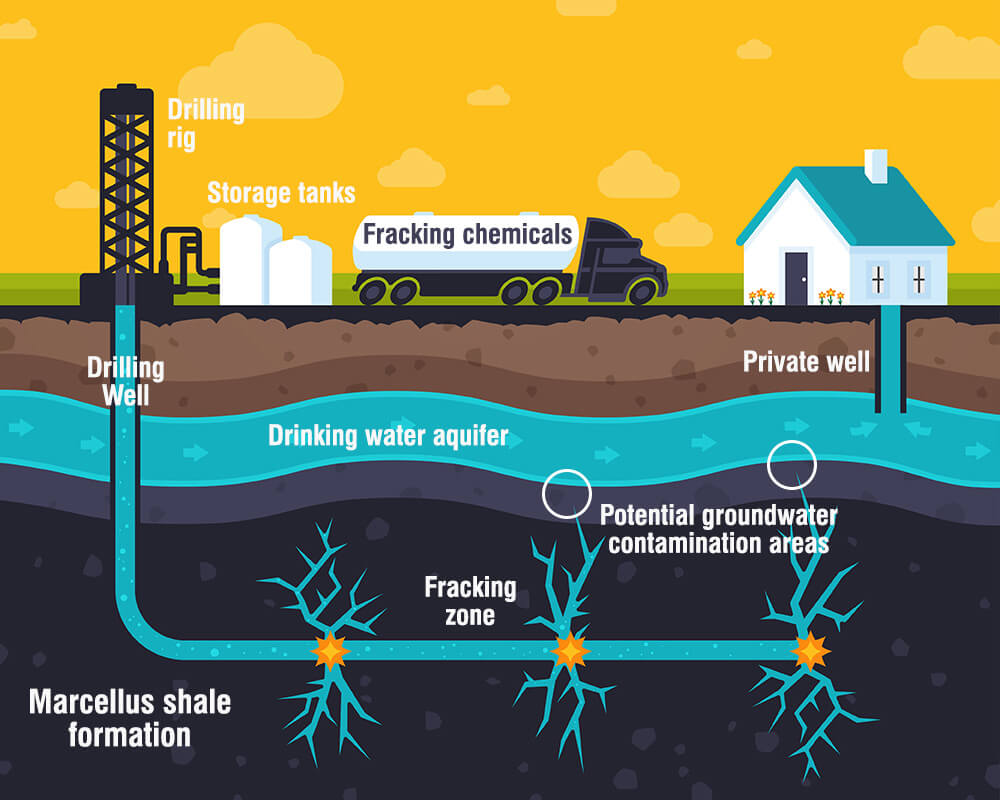
Coal
Coal was estimated to have started to form more than 360 million years ago and was the only fossil fuel for generating power for many years. It is older than other fossil fuels in existence and power generation. It has also been compressed for millions of years to be at this characteristic form; however, various types exist and are listed based on the carbon content.
Today, coal provides about one-third of the world’s energy supply. In the U.S., it has fallen after 2010, but coal still is very popular in countries with historically unconcerned environmental standards. Notwithstanding various announcements from the U.S. government in 2019, coal will be declined, not only thanks to the rush mentioned earlier in natural gas extraction but due to an uptick in the use of renewable energies. In 2016, the U.S. energy supply included about 15%, and its usage is expected to resume to fall.
Coal is also an affordable source of energy, weight for pound. Sadly, coal is hugely problematic because of the high pollution it releases. With the energy market moving to renewable sources, all fossil fuels will be de-emphasized in recent decades. Still, the coal application may be particularly vulnerable due to public pressure and basic economic facts.
What Would Happen if Fossil Fuels Disappeared?
The U.S. solely has a lot of oil stashed away in resources and billions of underground coal tons. Whatever all have heard about natural gas and oil wells’ immediate drying up is an exaggeration. On the other hand, it is concerned about the risks of burning fossil fuels that motivate energy and environmental pioneers to continue with the many available options to fossil fuels, known as “clean energy.” Many people invested in clean energies, including hydropower, solar, wind, nuclear power, and biofuels. Except for nuclear power, all are considered renewable as well as “clean” ( uranium is a finite resource for atomic energy).
More than making better use of these alternative fuels, facilities should work to make more effective use of fossil fuels. For example, businesses can manage and lessen emissions that are accessible by using stricter monitoring, buying renewable energy, and increasing energy efficiency. It is also necessary for people to corporate for active energy conservation. It may sound like a nagging from parents and an old tired refrain, but turning off computers, televisions, lights, and other electrical equipment when you are not using them saves a vast number of kilowatt-hours per year, and it is sensible.
Also, cycling or walking and using public transportation whenever possible is beneficial to the environment and eases the stress of driving on congested roads and breathing in others’ exhaust.
Disadvantages of Fossil Fuels
Among the greenhouse gases, CO2 receives the majority of the attention. Greenhouse gases are substances that can trap undesired heat in the earth’s environment and lead to the increasing average surface and sea temperatures now troubling the planet. CH4 is a more dominant greenhouse gas, molecule per molecule, compared to CO2. However, the effects of CO2 is simply predominate over methane because the amount of it in the atmosphere is much more. According to the reports, CO2 estimates to be less than 1% of the atmosphere’s gases. But what makes CH4 more undesirable? The problem is that its emissions arise from the burning of natural gas and during drilling processes and through the pipelines in the transportation of natural gas.
Climate change represents a small portion of the harm that burning fossil fuels can offer. Even if CO2 and CH4 emissions did not affect the planet’s temperature, fossil-fuel combustion would still be doubtful. For instance, we can mention these phenomena:
- Nitrogen oxides can react with other atmospheric components to form ground-level ozone (smog) and acid rains.
- Ammonia (NH4) is also released during the burning of fossil fuels.
- A significant part of nitrogen oxides reaches the environment by vehicle emissions.
- Volatile Organic Compounds (VOC ) additionally contribute to the formation of smog.
- Particulate Matter (PM) is available in the atmosphere because fossil fuel combustion can cause chronic lung conditions or worsen various diseases, such as bronchitis and asthma.
To cut a long story short, burning any fossil fuel warms something and makes matters acidic or hazier and includes undesirable impacts on the ecosystem.
Fossil fuels have been employed for hundreds of years to provide power, but the disadvantages associated with their use are as below:
- Fossil fuels have extremely high pollution.
- Fossil fuels are not sustainable and renewable.
- Exploration of fossil fuels is a delicate process
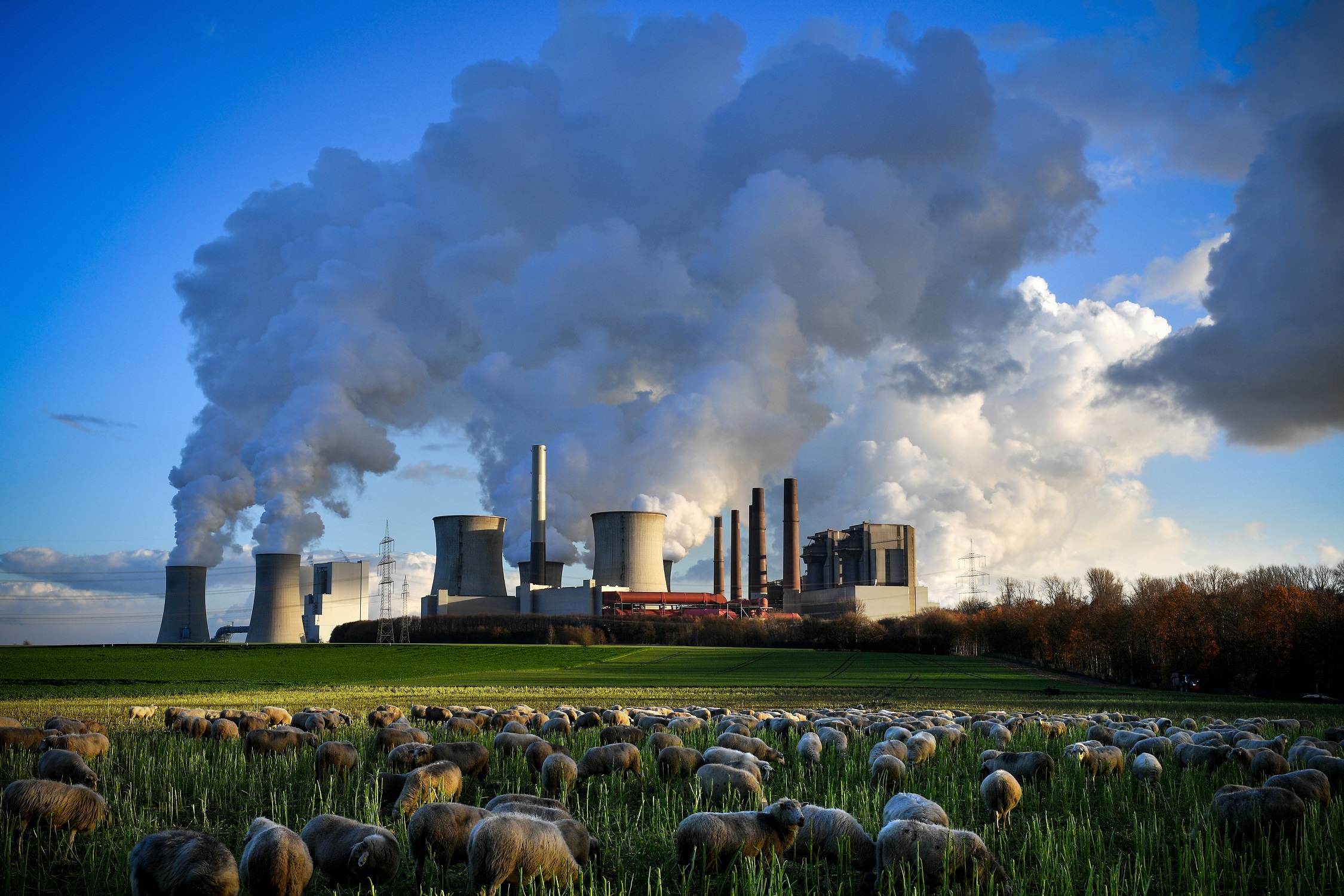
Pollution of Fossil Fuels
If everyone has ever driven by a power plant or factory can see smoke coming out of the buildings and fossil fuel pollution. Fossil fuels are burned, and the energy stored in them releases and produces gases and smoke pumped into the atmosphere. Unfortunately, greenhouse gases and harmful particles are extracted from fossil fuels into the atmosphere, resulting in dangerous effects for humans and the earth.
For example, burning coal releases toxic gases and particles into the atmosphere as sulfur dioxide and heavy metals. These materials have many serious side effects, such as respiratory damage in humans and acid rain. In several scientific studies, pollutants from fossil fuels have been connected to diseases like cancer and asthma.
All we heard about the contribution of fossil fuels to climate change and that participation comes directly from the components and particles released into the atmosphere by burning them. Composites like carbon dioxide and methane are available in the atmosphere and trap energy from the sun, driving to a continuous rise in average global temperatures after the early 1900s started. Rising temperatures have consequences that affect everything from natural environment destruction to sea-level rise.
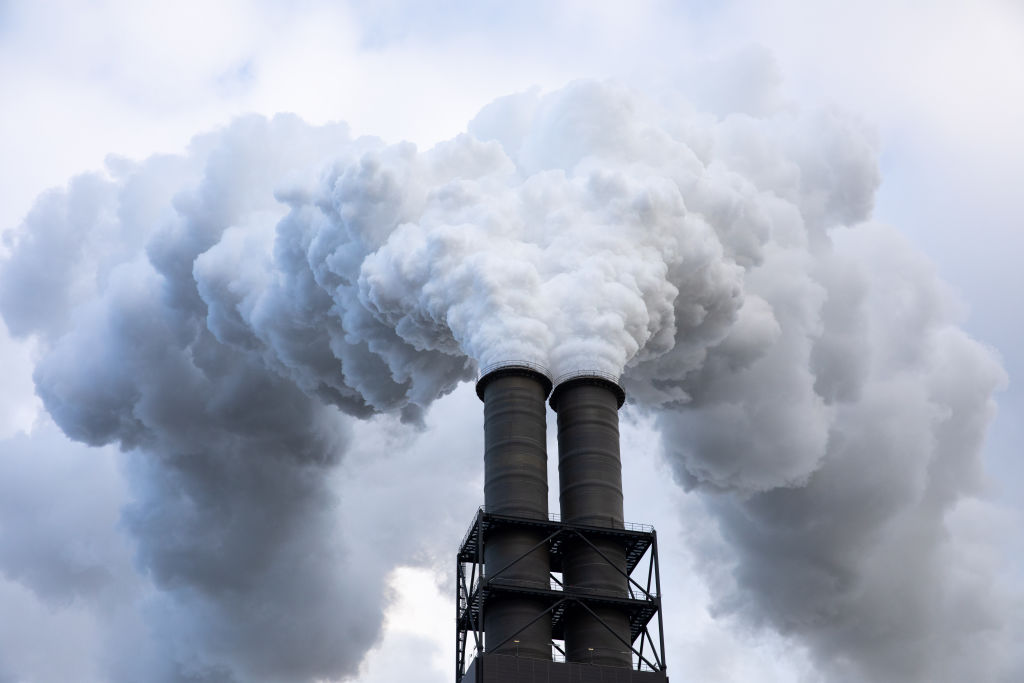
Nonrenewable Source of Energy
Just imagine if fossil fuels did not have pollution and did not contribute to global warming, but still, there is something we should be aware of: “we would not be able to rely on them permanently.” All that is about being nonrenewable energy, and they do not simply replace fast enough for humans to use endlessly. It takes millions of years to have fossil fuels deep in the earth, and we can not just wait for new oil to form. If we continue to continue the current usage rate, the globe will run out of fossil fuels, so we should turn to other energy sources.
Despite having enough natural gas and coal inside the earth to keep using for many years, it becomes more difficult and expensive to access those natural stores. Also, new methods of extraction for reaching fossil fuels are hard and can cause adverse environmental results. As mentioned before, a modern way of getting natural gas out of rocks is fracking, which involves pumping fluids into the earth to force the gas out. This process adds dangerous contaminants to the planet, and consequently, they can then penetrate our water supply and cause human health problems.
Unsafe and Accidental Fuel
As discussed earlier, we burn fossil fuels to generate the power we need, usually combusted in a power plant’s controlled environment. But seldom accidents happen, and they’re typically catastrophic. Rigs of oil drilling are responsive to devastating failures, the same as what happened in the Deepwater Horizon. The rig exploded in 2010, had several casualties, and the most massive oil spill in the history of the U.S and one of the largest in the world. All these accidents are because of the flammable nature of the fuel.
Alternatives to Fossil Fuels and Solar Energy
Despite enormous paces made by green energy up to now, fossil fuels still have a massive contribution to the global energy systems. Fossil fuels changed the world during the Industrial Revolution, but the environment can no longer tolerate the harmful effects of carbon dioxide (CO2) emissions and greenhouse gases. The main substitution for oil and gas energy are solar power, nuclear power, wind power, and biofuel. Fossil fuels still dominate these alternatives in domestic energy markets and global, but there is significant public momentum to grow their usage as industries move towards sustainability and more clean business systems.
When we want to compare fossil fuels with solar energy, it is evident that fossil fuels should not be our sole energy source in the future. The same as solar, renewable technologies offer more advantages, from lower costs to reliability and smaller environmental influences. As society proceeds to shift towards more sustainable energies, it is estimated that solar power continues to grow.
Today, personal homeowners can benefit from solar energy and evade rising electricity expenses and the multiple disadvantages of fossil fuels by trying a solar energy system at home.
